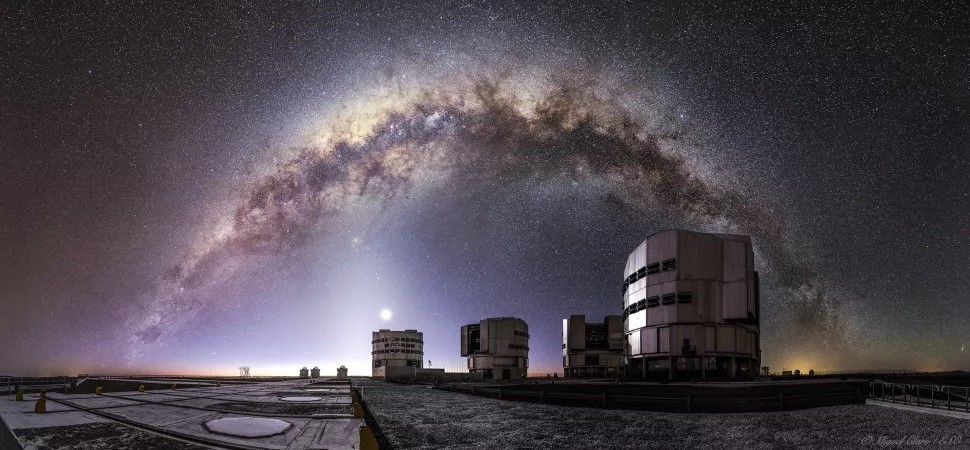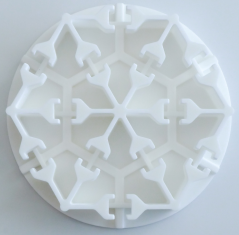Oct 25, 2022
Opticon Creates Astronomical Mirrors Using Ceramic 3D Printing

CLIENT
OPTICON is an EC-funded coordination network. OPTICON’s networking provides the community coherence which leads to coordinated instrument development, future planning, and builds the key consortia of institutes.
European Southern Observatory (ESO), funded by the member state countries, complemented by the international technology development, community building and transnational access enabled by EC funding has created this balanced system.

CHALLENGE
Optical components for astronomical instruments such as deformable mirrors are often made in ceramic, using traditional manufacturing methods.
The objective was to manufacture a thin deformable mirror (DM) with the mirror substrate, active array, and support structure as a single piece via ceramic 3D printing. By fabricating the DM as a single-piece simplifies the manufacturing process.
The ultimate goal is to be able to manufacture low-cost deformable mirrors. In this design additional patterns (circle and honeycomb) were added to support the triangular active array structure.
The idea behind the addition of these structures is to reduce the amplitude of the quilting effect induced by polishing.
THE SOLUTION
In a proof-of concept study 3D printing ceramic deformable mirror designs through stereolithography-based technology was tested. Alumina (Al2O3) was chosen for its stiffness and the material also exhibits low porosity once printed. Both these mechanical properties are required to aid and simplify the polishing step.
3D printing allows the part to be printed as a single piece that incorporates geometries difficult to generate with conventional manufacturing. This novel application is a good example to showcase the use of 3D printing in the fabrication of a multi-functional mirror element for use in an astronomy instrument.
The 3D printed alumina mirror’s performance will be compared with the same design printed in titanium (TiAl6V4) using an electron beam fusion machine.

THE RESULTS
The concept design was printed by Admatec in Alumina. By manufacturing the mirror as a single element, the multiple interfaces and the build up of tolerances between these interfaces were eliminated. This is not possible with a traditionally manufactured design. The printed prototype mirror form and surface quality were measured with a profilometer in a clean room.
“Ceramic 3D printing has enabled us to develop thin deformable mirrors for astronomical telescopes with huge design freedom. Our cooperation with TNO and Admatec allows us to take advantage of full dense alumina mirrors with lower weight and three times higher stiffness compared to titanium.” – Mélanie Roulet, Post-doctoral Researcher at Laboratoire d’Astrophysique de Marseille
Stay Updated
Be informed of the future of additive manufacturing &
3D printed electronics